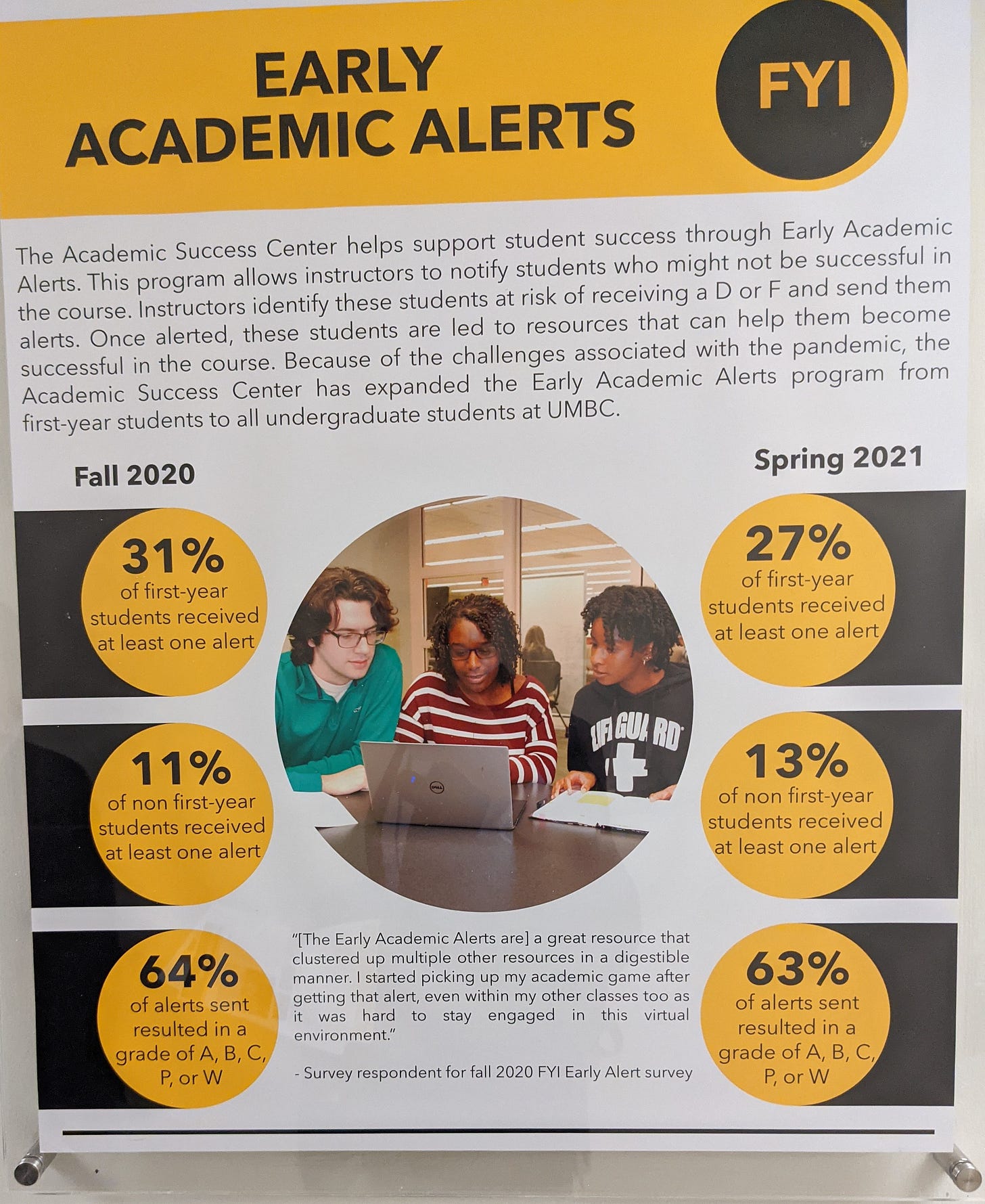The Three-Decade University President Who Has Bolstered Student Success
Plus, A Childcare Platform Raises $25 Million
The list of college presidents who have served in their post for three decades isn’t all that long. The average tenure of college presidents has declined steadily throughout this century.
That’s among the many things that made the featured guest of our latest Future U episode so notable. Freeman Hrabowski is stepping down as the president of the University of Maryland Baltimore County, or UMBC as it’s known, after 30 years at the helm this June.
Although many of you may know UMBC for being the first #16 seed to knock off a #1 seed in the NCAA men’s March Madness basketball tournament (UMBC topped the University of Virginia in 2018), Freeman was even prouder of the fact that after the game, when reporters were asking the players “‘What are you going to do now…?” And they said, ‘I have to go back to my room and study for a test.’ Another said, with tears in his eyes, ‘We stand on the shoulders of our chess team.’”
The story helps summarize so much of what makes UMBC special. It’s a place that prioritizes the academic success of its students above all else and—different from many quarters of higher education—sees research as something to bolster undergraduate student success, not compete with it (notably it also sees partnerships with industry and employers as something that bolsters its teaching and focus on student success—also a sharp departure from many quarters of higher education).
Jeff Selingo and I spent a day on the UMBC campus with Freeman to record an episode unlike any other on Future U that you shouldn’t miss. Listen here.
Throughout the visit I was repeatedly struck by the emphasis on student success and each individual student’s story.
In that emphasis, symbols matter. What an institution chooses to measure matters. What a campus features matters.
Throughout a tour of the campus with Freeman, we saw again and again reminders of how much UMBC prizes and measures student outcomes. Here are a few photos that grabbed me.
To be clear, UMBC isn't a flagship campus. It’s not selective, and it doesn’t attract the “top” students from Maryland.
It’s a school that accepts roughly 70% of students. UMBC is a minority serving institution where nearly a quarter of its students are Asian, a fifth are black, a bit under a tenth are Hispanic. And while students come primarily from Maryland, just under 5% are international students and 25% receive Pell grants.
It's also a school where its efforts to prioritize student success are working. Over the last 10 years, the university increased its six-year graduation rate for full-time, first-year students from 56% to 69%. That's an incredible jump that's taken UMBC from basically performing like the average higher education institution to one that's performing well above the national average graduation rate. Given the success of its graduates in the workforce and in academic programs, this is a story of student success to celebrate.
It’s also just one of the parts of the tour and interview with Freeman that we captured that stood out and offered lessons for the future of higher education. Check it all out here.
Wonderschool raises $25 million to tackle childcare challenges
This month I also returned to the topic of a company I covered earlier in the pandemic—Wonderschool—in an article for Forbes.
You may remember Wonderschool from past newsletters I wrote (here and here) as essentially an AirBnB for launching programs that range from infant and toddler programs to preschools and even microschools (yup, them again!), which have their own dedicated team at the company. Wonderschool supports childcare and education entrepreneurs around operations, licensing, accounting, marketing and expert and peer support to generate curriculum ideas.
To help them advance in their mission to enable individuals to establish child-care centers, they raised $25 million in a Series B round. Goldman Sachs led the round as part of its One Million Black Women Initiative, a $10 billion commitment to narrow opportunity gaps for Black women over the next decade.
As I noted in the piece, I was struck how Wonderschool’s news arrives in a world highly attuned to the challenges in childcare. It presents itself as a solution for those afraid about starkly different (and sometimes opposing) elements of the childcare challenge: everything from an absence of childcare to one-size-fits-all childcare and underpaid childcare workers.
Wonderschool’s platform approach suggests there’s a way through the thicket of concerns that enables caring entrepreneurs to establish a variety of models for places of care.
As founder and CEO Chris Bennett told me, “The pandemic hasn’t stopped. There are new variants, and every time you’re out with someone you’re hearing about some random variant being created in some part of the world. So parents are more and more looking for smaller environments. Wonderschool is looking more and more obvious. We’re seeing a lot of employer interest in supporting childcare and continue to see interest from governments.”
To that last point, I founder Wonderschool’s statewide deployments with New Mexico, Indiana, Nevada, and North Carolina to be fascinating.
Check out the whole article at Forbes to learn more here.
As always, thanks for reading, writing, and listening.








